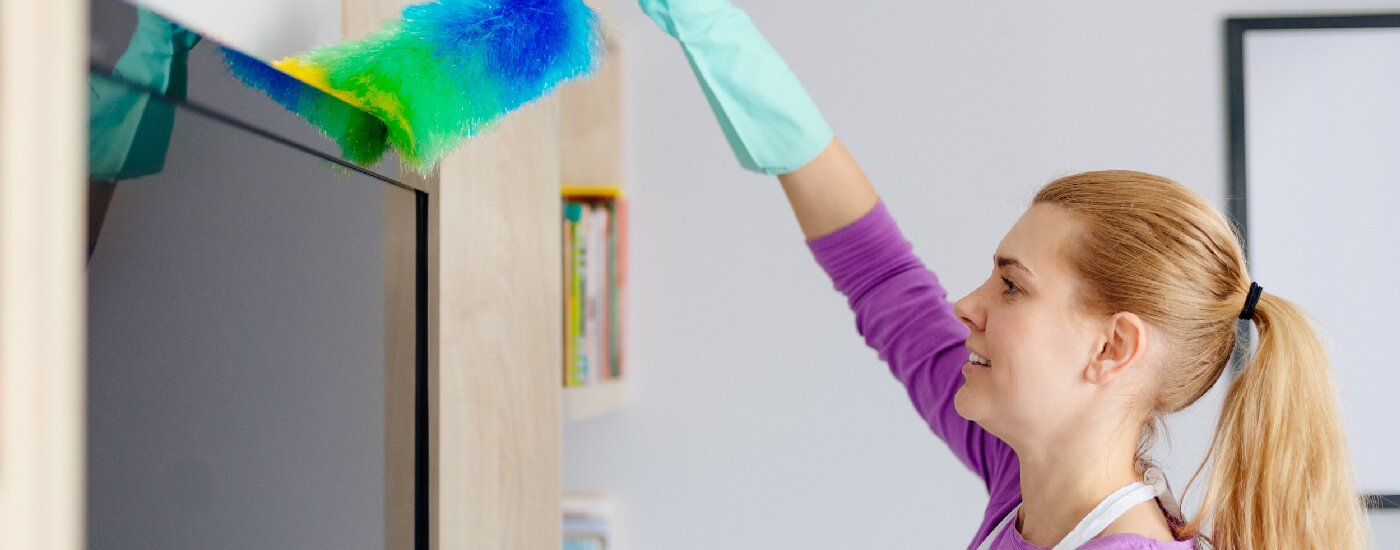How Often Should You Be Dusting?
Let’s admit it, dusting isn’t really a house chore that often comes into many homeowners’ minds. With the endless piles of laundry, dirty dishes, and other cooking responsibilities, dusting various areas of your home are actually often neglected. Dust isn’t really that noticeable, and when you don’t see it, you won’t realize the urge to clean it unless that thick layer of dust is already visible.
Dust is composed of all the various stuff: pet hair, fabric fibers, debris, pollen, dust mites and many other particles that you wouldn’t want to know. It an even be the culprit for a lot of allergic reactions. The thing is, accumulating dust in your home is inevitable, but you can lessen the amount and prevent harmful effects to your health and the overall cleanliness of your home.
But how often should you really be dusting your home? Dusting is an important house chore, and you should be doing it as often as you think you should be. It can have many adverse effects to your furniture, and can even be the cause of many health hazards of allergies.
Dust Once A Week
Generally, if no one in your family suffers from allergies, then you can be confident enough to dust less frequently compared to other households that suffer from allergic reactions. But you will still have to dust your furniture at least once every week to prevent particles from accumulating or building up because it can potentially clog up various areas of your home.
For Other Isolated Areas
As for less noticeable spots or isolated areas of your home, you can dust them according to your preference, or as they may be required. However, you may also want to dust these areas at least once a month or once every two months.
Allergies
However, it will be a different routine if people in your household are suffering from allergies, or prone to it. You have to at least dust the various areas of your home once or twice in a week. Neglecting the isolated areas and corners also need to be dusted the same way or frequency as well.
The same goes for your ceiling, windows, and other areas inside your home. This is to prevent the build up of dirt that may accidentally trigger an allergic reaction. You may even use a vacuum while dusting to make sure that no excess dust gets left behind.
Dusting Tools and Tips
The equipment or tools you use while dusting are also crucial. Using feather dusters have become outdated, and it will only do bad more than good. Using dusters tend to scatter the dust back into the air, which will only leave it to settle on a different area in your home. This will make it worse for allergy sufferers too. Opt for the use of microfiber towels or cloths instead. There are also dusters made from these available in the market.
As to how you should be dusting, remember the method of cleaning from top to bottom. Make your way around the areas of your home in one direction to make sure that you won’t be leaving anything behind. This is better than just simply running your cloth over your household furniture and redistributing the particles around your home as you do it.



